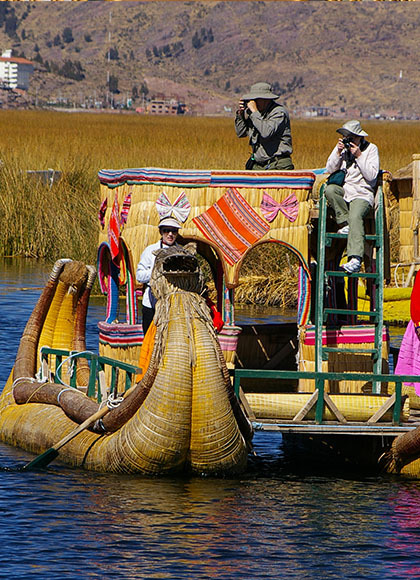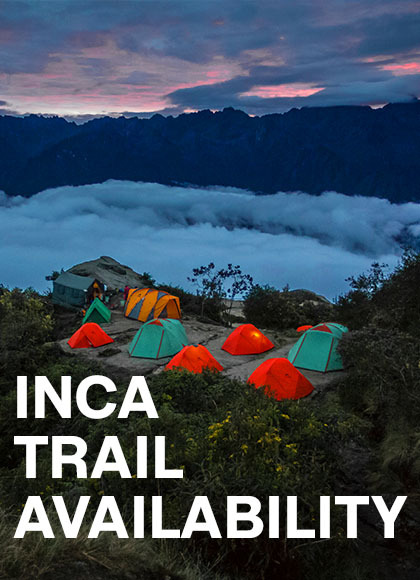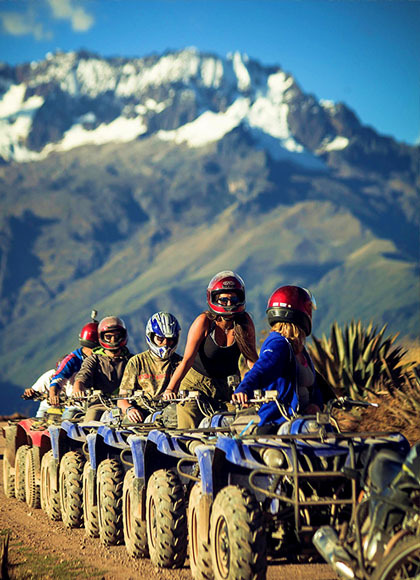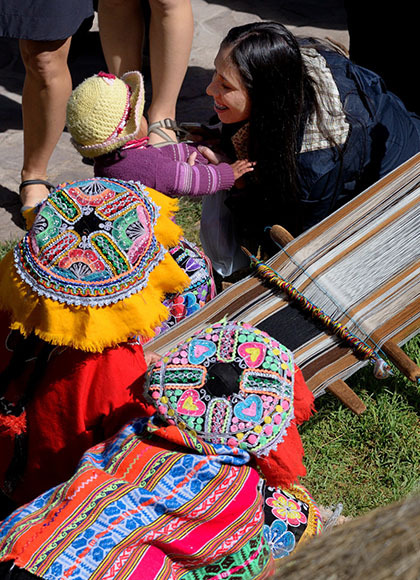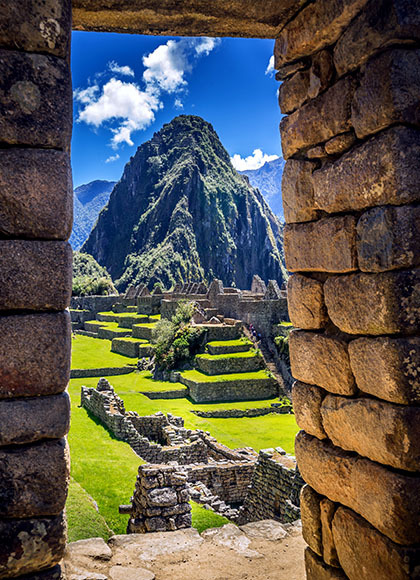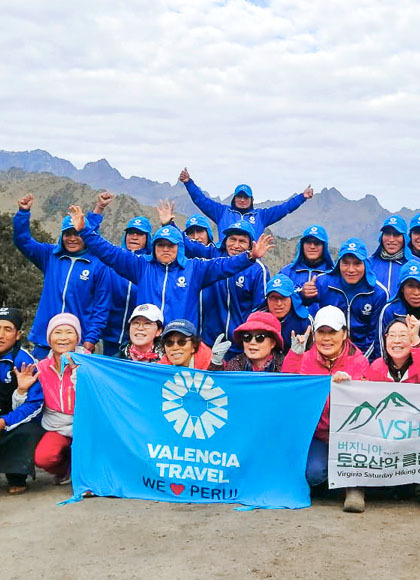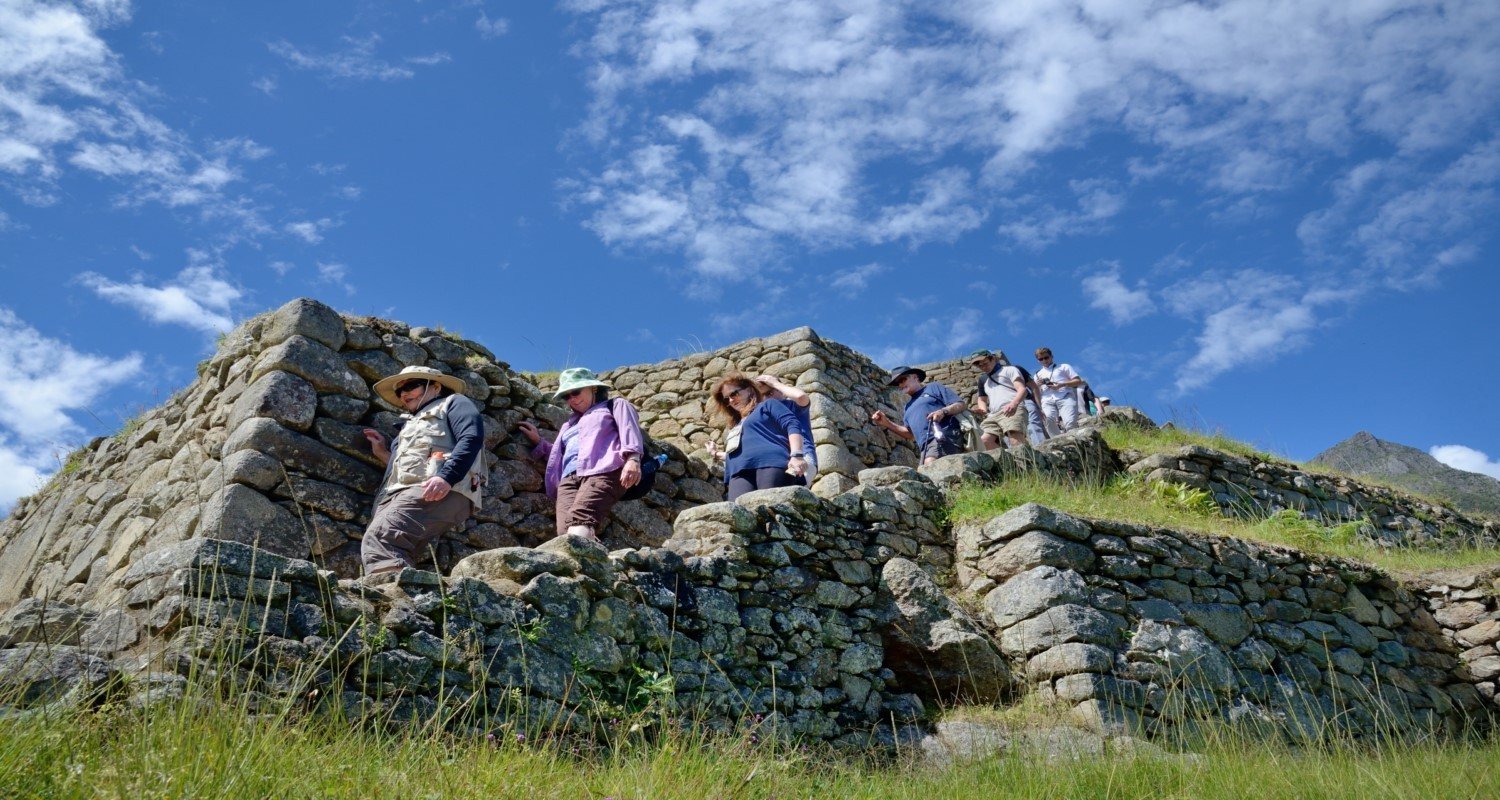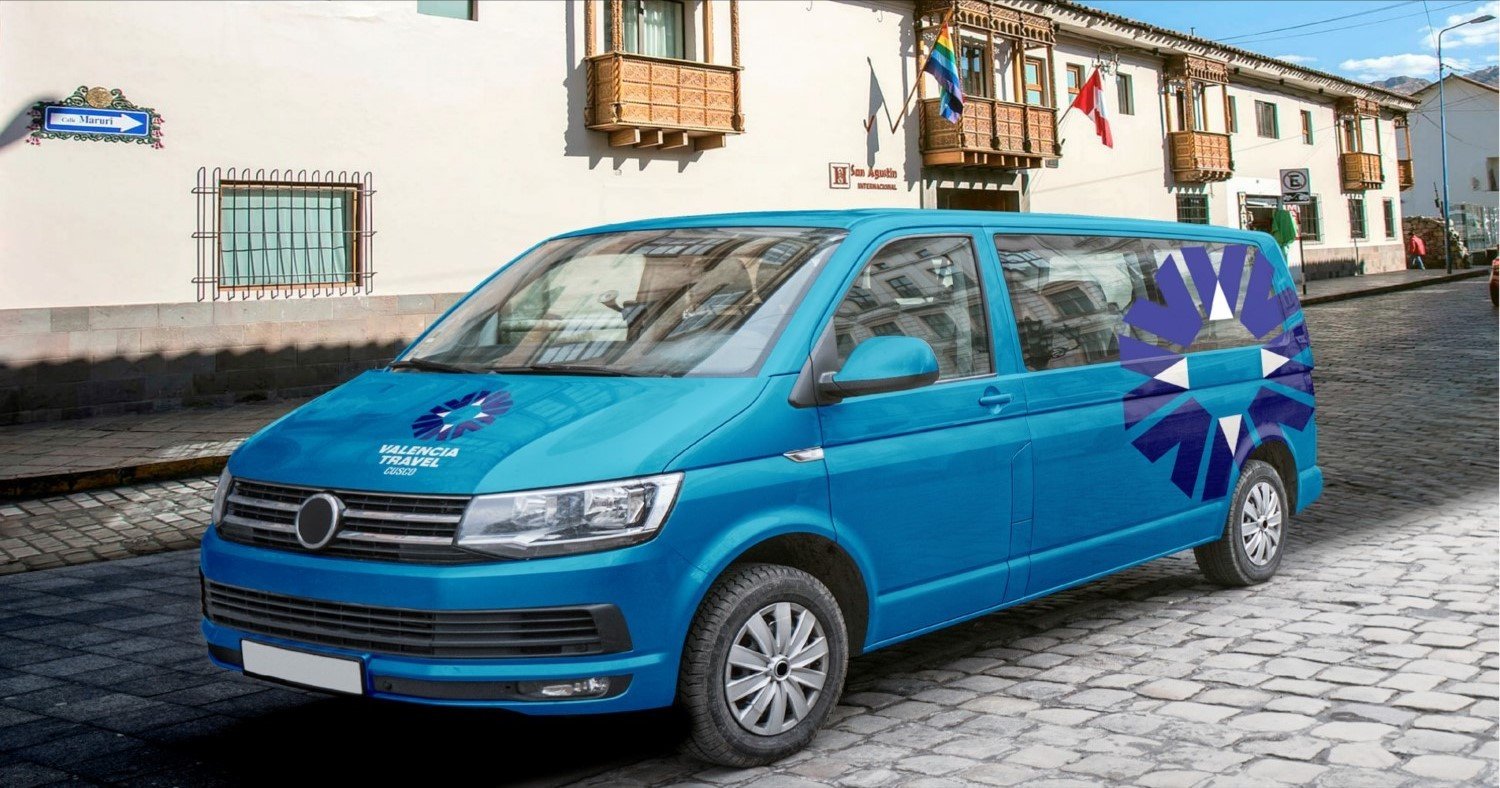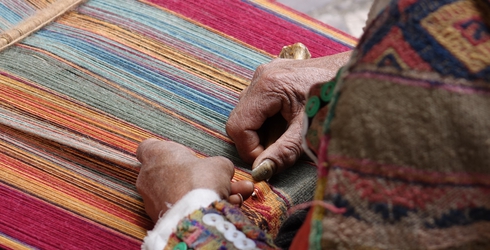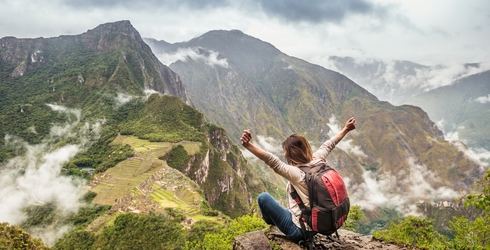
Tailor-Made Tours
Real life experiences are extremely difficult to find by simply performing a Google search. Experience a total change of perspective by allowing us to design a unique and flexible travel itinerary to enjoy the vacation you have always dreamed of. Offering the freedom to go, see and do exactly what you like. Far removed from large group tours and well-trodden paths, our focus is on visiting authentic local cultures in a sustainable manner, overflowing with uniquely rich experiences. A holiday with Valencia Travel, is a personal experience from the moment you contact us, until you have returned home and become absorbed by your daily routine. Our personalized travel experts will assist you in taking maximum advantage of your time restraints and your holiday budget. All you need to do is start dreaming about your perfect itinerary and we will take charge of the remaining details. Contact us today or fill in the contact form and one of our experts will be in touch before you know it.
Why Tailor-made?
How does Tailor-made works?
Design your own itinerary
Complete Flexibility
Choose your grade of accommodation
Dedicated team of tailor-made specialists
Choose your meals, excursions & guides
Choose where, when, what and how

